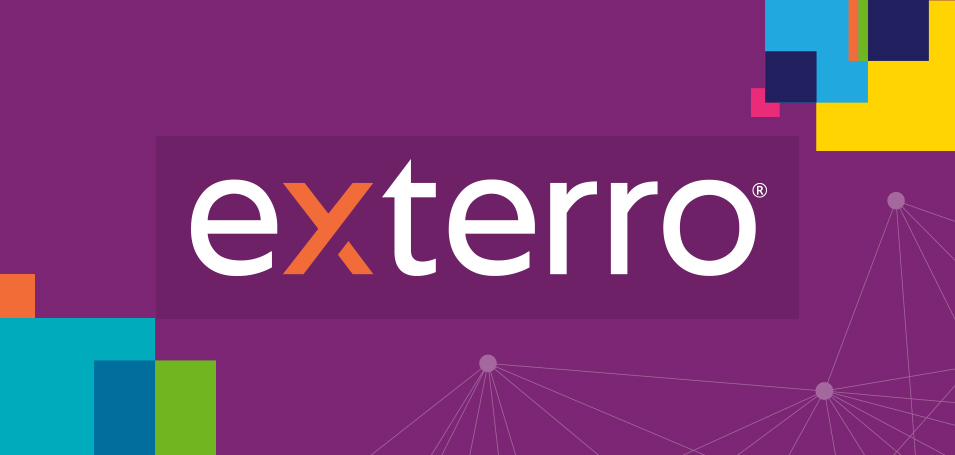Maximize Your Online Training Potential with Content Licensing and Branded Client Portals
In a time when delivering online training, videos, and other self-paced training is more important than ever, you’ll want to position your online learning business to support branded learning experiences at scale.
You’ve put a lot of hard work into the development of your online training content. Now, when everybody is moving as many operations online as possible – including how people get their training – it’s time to streamline how you sell and deliver your online training.
Otherwise, your organization will spend a lot of time managing online training distribution instead of producing more quality learning experiences.
Content Licensing or Branded Portals?
We’ve been discussing what the difference is between content licensing and branded client portals when it comes to online training. The best analogy we’ve found to relate is a square is a rhombus but a rhombus isn’t a square. With this in mind, content licensing involves branded client portals, but branded client portals don’t require that you license your content.
When deciding whether you need branded client portals or to license your online training content, you have to decide whether you want to:
- Provide a more personalized online training experience for your clients based on different roles, groups, regions, company, etc.
- Broaden your reach by selling your content to a third-party who then resells it to their client-base. Through this you’re leveraging another brand and reputation to distribute your content on a broader scale.
For the former, you can bundle the training as part of a larger package (i.e. your software agreement) to improve product adoption and deepen your client relationship beyond a product or service. You will likely want to brand those portals for your larger clients and, for smaller clients, you might want to just ensure their different user roles only see what’s relevant to them.
For the latter, that third-party wants the learning site branded to their organization, not yours.
This offers you a way to sell more of your training content by leveraging the brand and reputation of a larger entity. The more their customers are buying the training, the greater your gains.
Read how you can sell more training in our blog post “9 Tools to Sell More Online Training”.
Content Licensing plays a big role in expanding your reach and requires the right set of tools and capabilities – from personalization to commerce – to reduce the repetitive tasks and streamline your online learning operations.
Considerations for Scaling Content Licensing
Broadly distributing your online learning content poses a few challenges without the right solution in place to manage it.
- How do you keep up with which of your customers is supposed to get which online training content? Managing your resellers and the content available to them can be tracked in a spreadsheet when your content volume is low, but as you broaden your reach with more content and clients this quickly becomes unmanageable.
- How do you maintain visibility into your sales, and training content engagement as you grow? It’s easy to lose sight into your content sales and where your content lives without the right tools in place which often results in lost revenue.
- How personalized can you make the experience for your various customers? Those who spend the most with you will expect the greatest amount of attention.
When you sell training courses online, either as a stand-alone product or as a paid add-on to the software services you develop, you’ll find that having robust licensing capabilities offers multiple benefits:
- You broaden the visibility of your brand and content by enabling third-parties to deliver content to their client-base.
- You make it easier for customers to bypass single-shot purchases of your online training and commit to greater use of your online course business over a longer period for more of their people; and
- You can focus on marketing, content creation and other strategic activities related to growing your business rather than all the mechanics of online training delivery.
The Challenge of Customized Training Initiatives: Scalability
Imagine you have a customer that has purchased access to your online training for its entire global operation – thousands of users – and spent a couple of hundred thousand dollars. You don’t want to send them to the same website as the person who purchased your online course for $15 a seat. You want to send them to a training portal that is specific to their business and brand – down to the customized URL.
Without the right customer training platform, you would be forced to set up each client branded training portal manually. You bring in your designers and have them emulate the colors, logos, and other aspects of the learning environment specific for that individual customer. Then you load the various training courses onto the site and make them available to your customer.
You set the permissions for each role and region. You configure the access and run reports manually for each site. Maybe for the first large client that’s OK.
But as your business scales up and others come to you for your amazing online training courses, suddenly, your designers may not be able to keep up. This is compounded if you have to duplicate creating the content on top of branding the learning environment.
Being able to report across your portals at an individual and group level is essential for understanding the success of your learning initiative.
Personalizing the Customer Experience at Scale
At its heart, branded client portals is about taking that extra step to personalize the online training experience.
When a customer feels like that’s what’s happening, it gives them a warm fuzzy feeling – the confidence that you’re more than ‘just a vendor’ to them because you took that extra step. You’ve gone above and beyond by playing a consultative role rather than simply delivering what anybody else could provide. That kind of connection really pays off in the short and long run.
With the right functionality your online learning platform should be able to help you create branded learning portals or “microsites” for strategic customers. On the customer side, they feel like they’re going to their own website, personalized for them, for their specific training needs.
From the design to the content offered, your branded learning portals have the potential for great impact on your customers and can lead to recurring customers.
The goal is to create those personalized experiences for your customers without having to do tedious administrative work or charge your customers a lot to do it. That’s the best way to make sure you don’t take away from the time you should be spending on creating new content or innovating on your online training.
Targeted Access for the Right Customer Training
The right kind of licensing features let you segment content by various types of divisions and sub groups: by company, location, role, persona and user. With this, you’ll make sure the right content is distributed to the right individuals within the customer organization.
An important aspect of licensing is this: You want to be absolutely sure that your customers are able to access the precise content that they need and have purchased.
For example, the Panorama licensing functionality of Thought Industries uses content tagging, which expedites set-up of custom sites by customer organization; location, unit or division; and role.
Image: Manage your portals from an intuitive interface
Centralized & Distributed Administration and Reporting
Further streamline your workload by ensuring your branded learning environment includes the capacity to allocate administration to your customer. This gives them the control to administer their initiative based on their business needs and removes the workload of managing access from your team to theirs.
In a compliance situation, this can be especially important.
But even when the training isn’t required for regulatory reasons, it’s vital for customers to be able to monitor the effectiveness of the learning initiatives they bring on:
- Do those support technicians answer more trouble tickets?
- Do these salespeople generate higher sales?
Similarly, you as a training provider want to dig into data generated by your licensees, and that means being able to distinguish one customer’s engagement with online content from another’s.
- Which groups within a given company are going through the training courses?
- How deep is that engagement?
- How often are they coming in?
- What learning content is really resonating with them?
- Are they only looking at one type of content, such as videos?
- Are they achieving goals and taking advantage of gamification?
- Are they taking learning assessments?
That kind of information can be invaluable to you. If an organization isn’t engaging with your online training content, they’re not going to continue buying it from you, and that’s a signal you’ll want to receive ahead of time.
The same data can provide insights of use to your customer success people or account representatives. The next time they’re in communication with the customer contact, they can be very specific: “Hey, based on your learning site metrics, I can see you’re really doing well in this area. But I want to talk to you about the benefits of this other area of the product that I don’t think your folks are leveraging right now but I think it would be great for your particular business…”
Start Maximizing Your Online Training Potential With Branded Client Portals
Whether you’re a training company experiencing a flush of new interest as all things move online, or you’re a software company that is selling training as an add-on product, you’ll want to be especially aware of your licensing capabilities and position yourself to scale those operations quickly.
It’s possible that your online training solution promises licensing. It’s important to confirm they support it in the way that’s best for your business and your growth trajectory.
There are plenty of examples of companies that have done amazing jobs with their online training courses. They not only help customers better use their products, but they help them become better at their jobs.
When your training operation becomes a trusted industry leader, you want the ability to scale up quickly to collaborate more closely with third-party vendors who can further expand your reach.
Learn more about Thought Industries online training licensing capabilities with Panorama.





